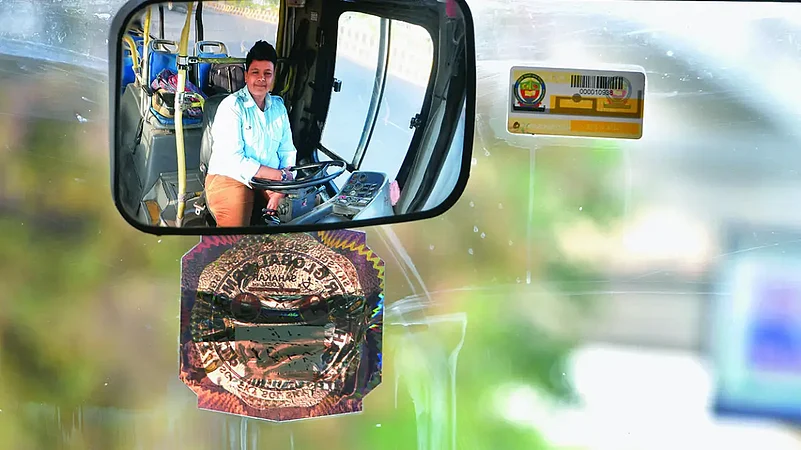Certificate se ghar nahin chalta, Manju Devi says brusquely. She is not given to idle talk. Not with the burden she is carrying on her shoulders. A single mother with three children, Devi, 43, works as a ‘coolie’ at the Jaipur railway station, and was once celebrated by the state government as a symbol of resilience and empowerment. All she got was a trophy and a certificate when she needed financial aid—the reason for the curt response, “Can’t run my house with a certificate”.






But “breaking the stereotype” in a mainly male profession is not what she had in mind when she was forced to take up the gruelling, back-breaking work after the death of her husband. Nor have the other women who are engaged in professions not considered suitable for women. Like Kunti Devi, 51, who had to become an autorickshaw driver in Gorakhpur after her husband, a daily wager and part-time auto driver, was afflicted with arthritis.
These are the stories of Manjus and Kuntis. In stark images that speak a thousand words.
Text and Photographs by Tribhuvan Tiwari
















